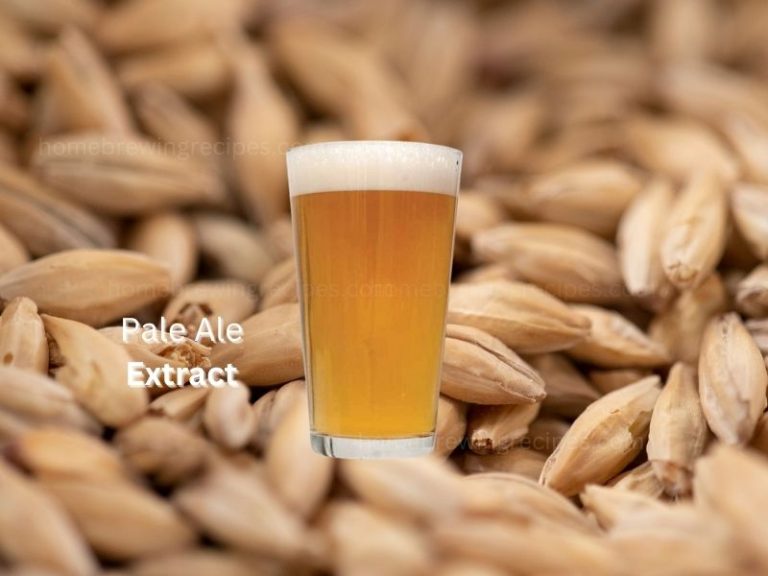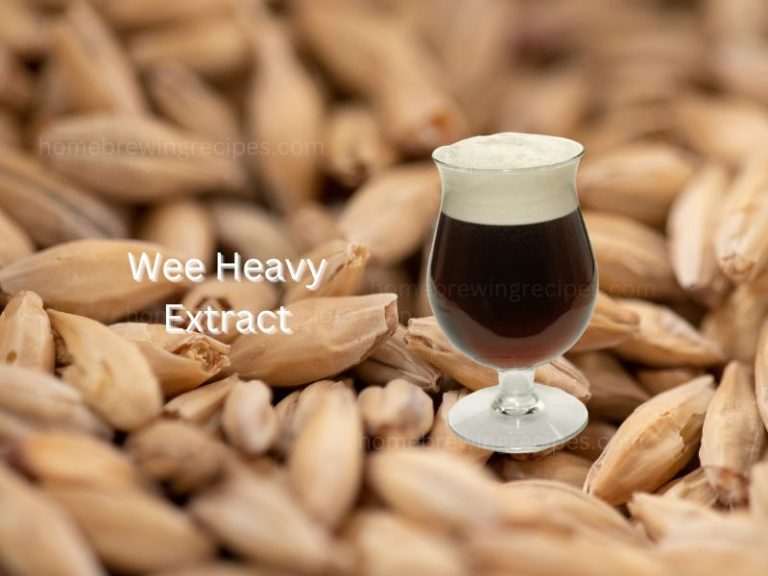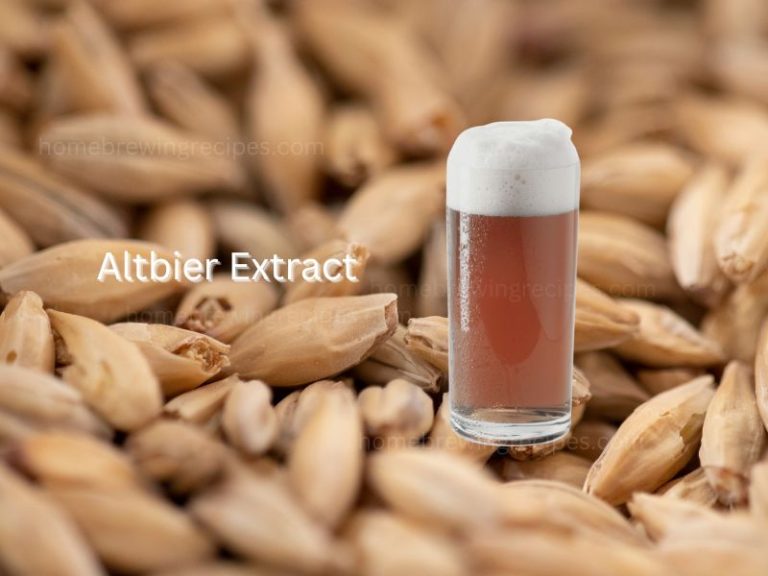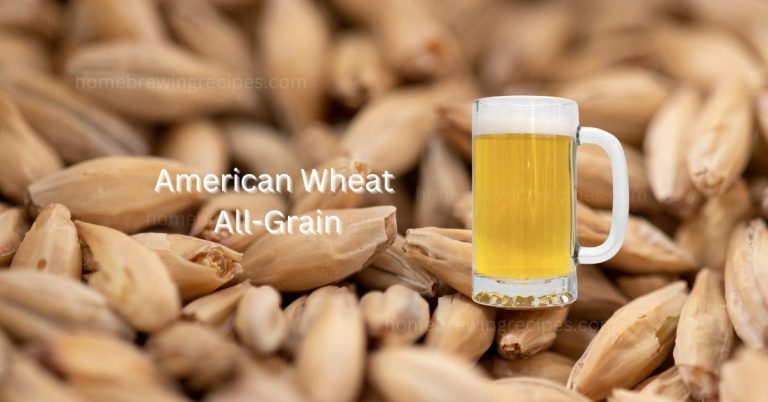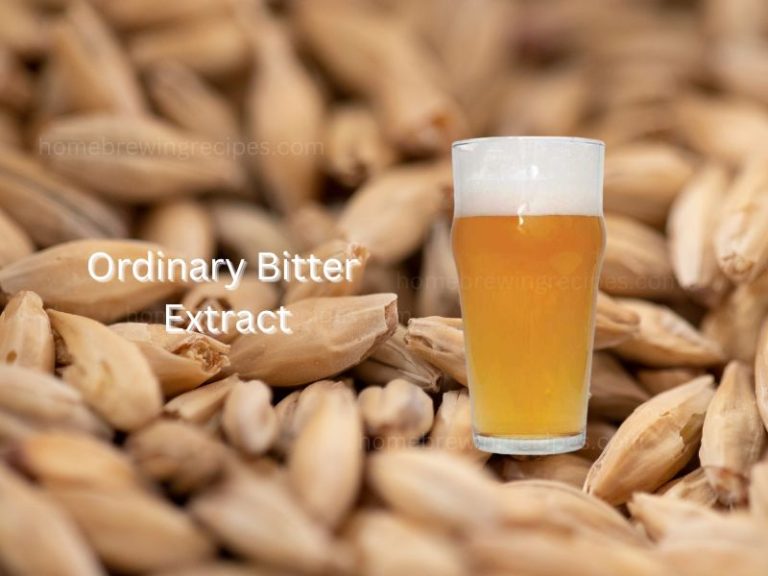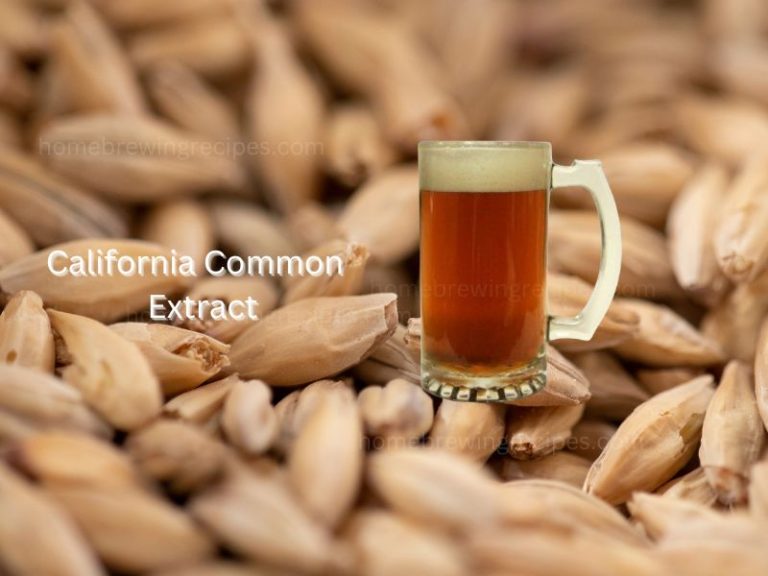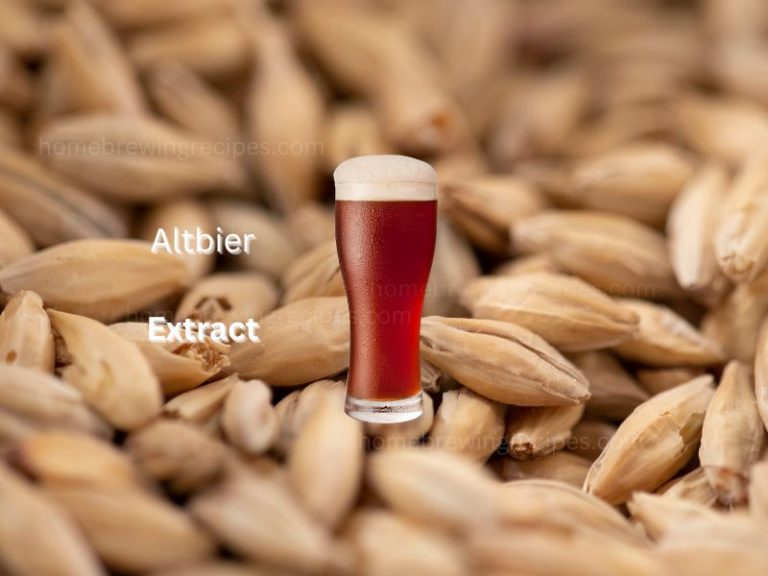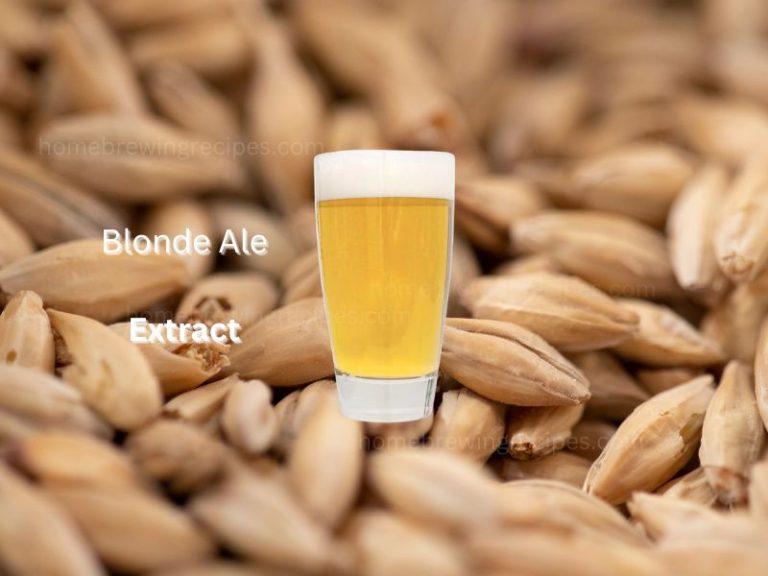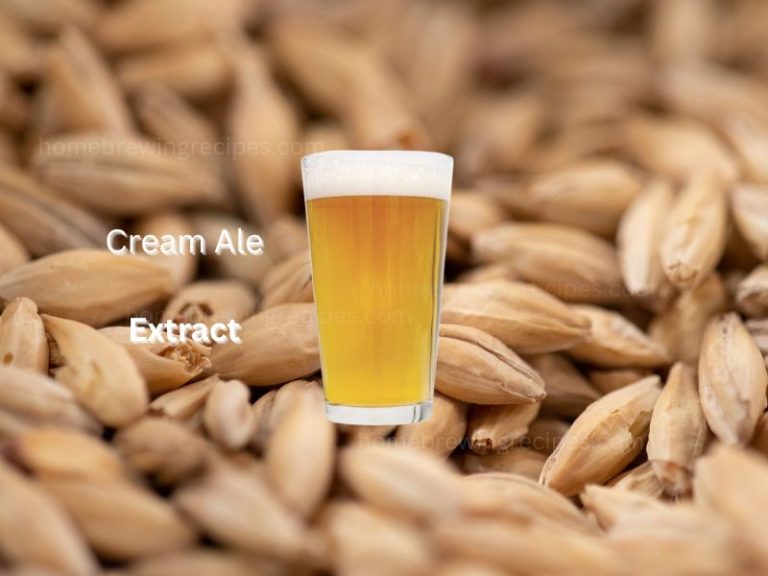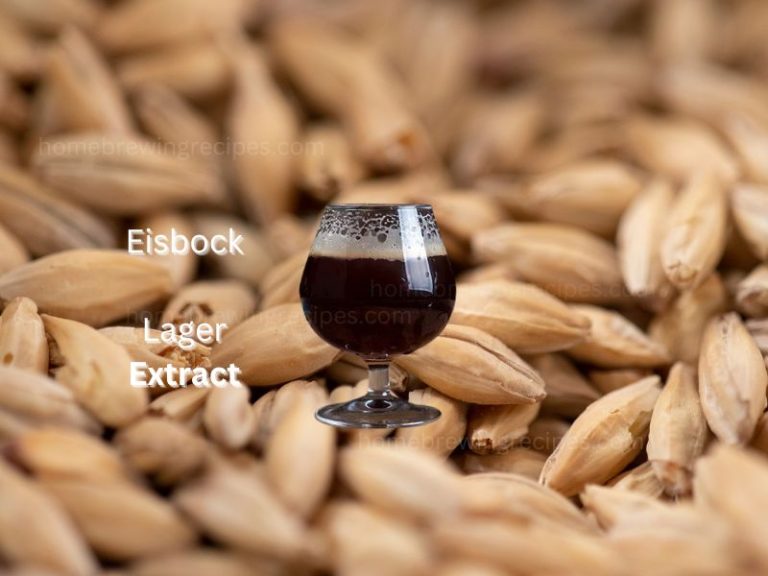Recipe Profile
Pale ale is distinguished by its crisp, hopped flavor and golden to-amber hue. It is among the most widely consumed types of craft beer worldwide.
Pale malt is frequently used in the production of pale ales, giving the beer its pale hue. They are frequently prepared with hops, which give beer its bitterness, flavor, and fragrance. Numerous hop types, like Cascade, Centennial, and Columbus, renowned for their citrus and piney scents, can be used to hop pale ales.
Typically, ale yeast is used to ferment pale beers, giving them a fruity and estery taste character. The flavor and fragrance of the beer may be influenced by the fermentation temperature and the amount of hops used.
Pale ales can have an alcohol content of 4.5% to 6.2% by volume (ABV). They are frequently served between 45 and 55 degrees Fahrenheit and go well with a range of dishes, including grilled meats, salads, and sharp cheeses. My recipe below will produce a tasty pale ale in a few weeks for your enjoyment:
Ingredients:
- 11 lbs pale malt extract
- 1 lb crystal malt (60L)
- 8 oz caramel malt (40L)
- 1 oz Centennial hops (60 min)
- 1 oz Cascade hops (20 min)
- 1 oz Cascade hops (5 min)
- 1 packet of dry ale yeast (such as Safale US-05)
- 5 oz priming sugar (for bottling)
Instructions:
- In a big pot, heat 2.5 gallons of water.
- The crystal and caramel malt should be crushed before being added to a grain bag. Heat the water in the pot to 155°F while the grain bag is submerged. For 45 minutes, keep this temperature steady.
- Take out and throw away the grain bag. Bring the wort to a boil and then add the pale malt extract.
- Add the Centennial hops to the boiling wort and continue to boil for 60 minutes.
- Add the Cascade hops 20 minutes before the boil comes to a close.
- Add the last of the Cascade hops for 5 minutes into the boil.
- Use a wort chiller or submerge the pot in an ice bath to swiftly bring the wort to room temperature.
- Transfer the wort to a fermenter and top it off to 5 gallons with cool water.
- Now you can pitch the yeast.
- For 7 to 10 days, or until fermentation is finished, ferment at 68°F.
- Transfer the beer and priming sugar to a bottling bucket (unless kegging).
- To allow for carbonation, bottle the beer and keep it at room temperature for a couple of weeks. Or you can keg your brew.
Expected Stats:
- OG: 1.050
- FG: 1.012
- ABV: 5.0%
- IBUs: 36
- SRM: 8.5
Overall, the extract form of this pale ale recipe guarantees an easy-drinking, tasty, and refreshing beer. The mix of specialized grains and citrusy, floral Cascade hop flavors results in a beer that is both balanced and accessible. With an estimated ABV of 5.0%, this beer is ideal for sharing with companions over dinner or drinking on its own as a refreshing finish to a long day. This formula is a wonderful way to investigate the world of extract brewing and produce a beer you can be pleased with, whether you’re a seasoned brewer or just beginning out. So take your brew kettle, turn on your heat, and prepare to savor the delectable results of your work!
A great commercial example of the pale ale style is the Sierra Nevada Pale Ale.
Happy drinking, and enjoy your homemade pale ale!
